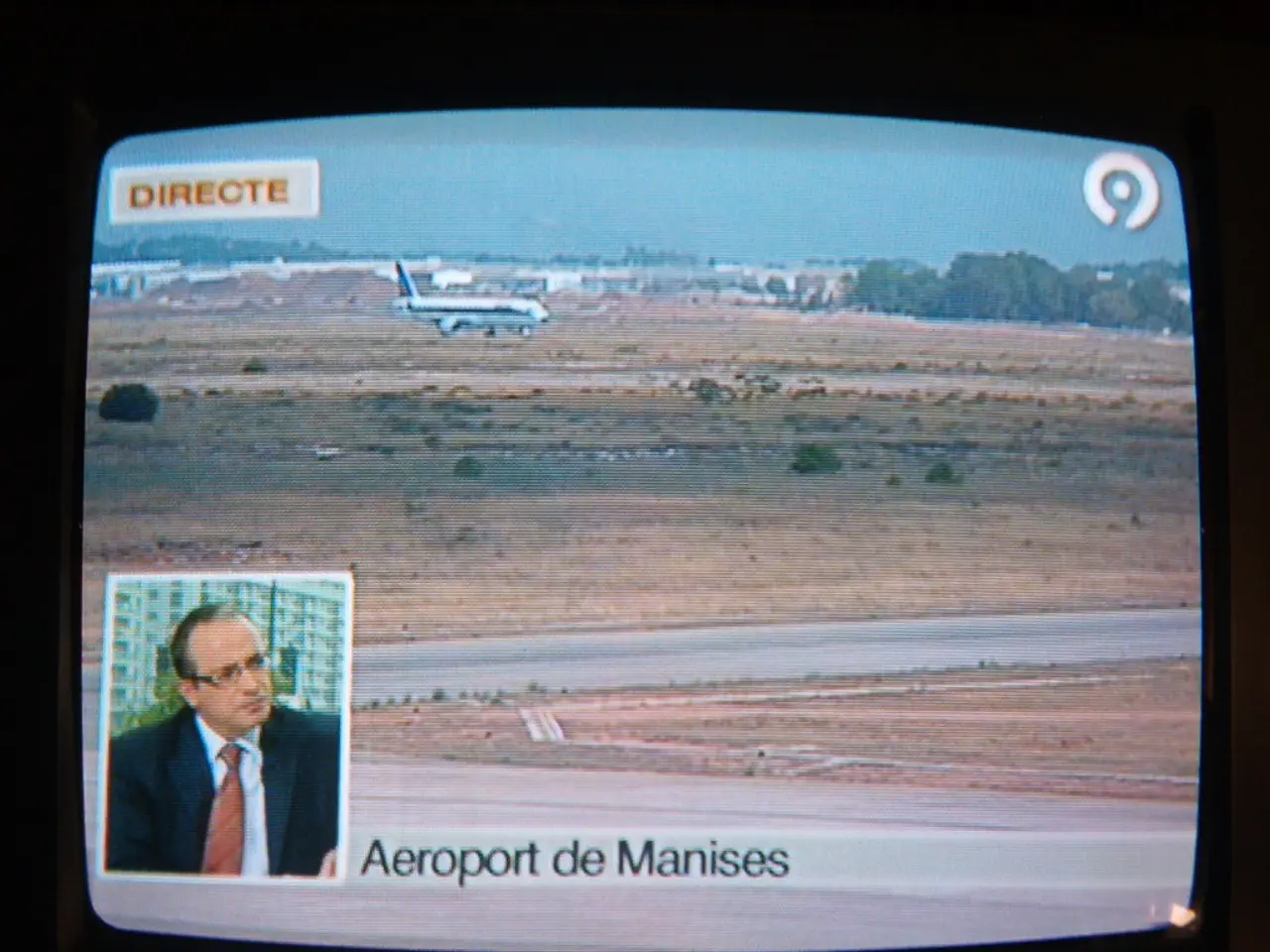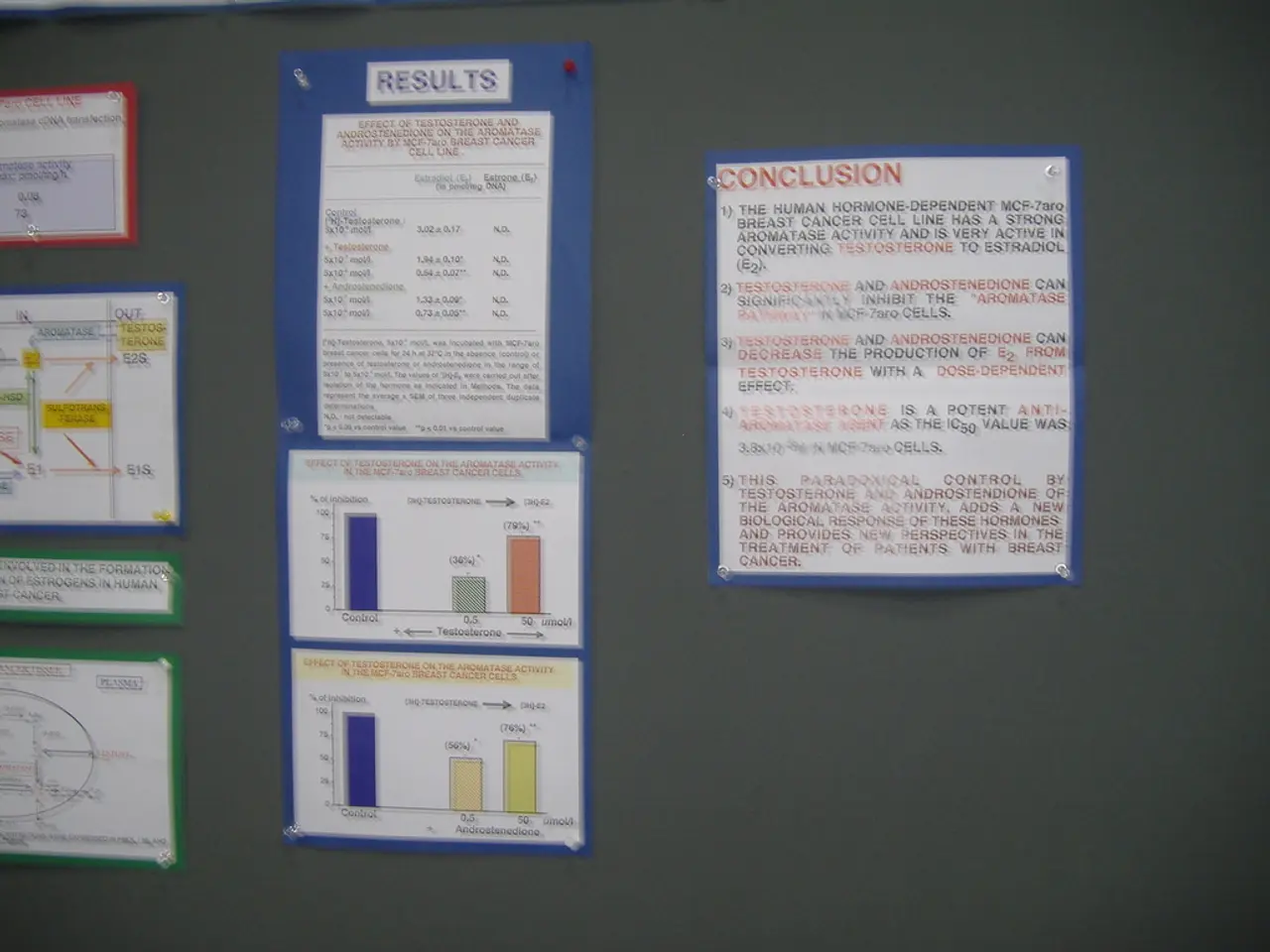Wind Measurement
Three years ago, Europe's Aeolus wind measuring test satellite was launched, marking a significant milestone in meteorology and climate science. The satellite, named after the Greek god of the winds, was equipped with the first ever Doppler Wind lidar, a laser radar, in space [1].
Aeolus' original mission was to test satellite-borne lidar technology for global wind-profiling, addressing a critical data gap in meteorology by providing accurate, global-scale wind observations to improve weather forecasting and climate models [2].
Overcoming Challenges
The development of the lidar instrument for the Aeolus mission was challenging. A prototype of the lidar's laser was initially too strong, causing damage to the optics [1]. However, the team was able to rectify this issue, and the first laser on Aeolus took almost one billion shots, providing a unique first dataset [1].
Another challenge arose when the first laser on Aeolus experienced energy loss, threatening the mission's data quality. A backup laser was successfully switched over, saving the mission [1].
Consistently Delivering High-Quality Data
Despite these challenges, Aeolus has consistently delivered high-quality data beyond its original mission. Its data have improved numerical weather predictions and advanced atmospheric science beyond initial forecasts [2]. Ongoing validation campaigns confirm its high data quality and operational usability, even in challenging regions like over oceans and remote areas [2][4][5].
Impact on Weather Forecasts
The integration of Aeolus data into numerical weather prediction models has led to measurable forecast improvements. Accurate wind forecasts are crucial for activities like farming, fishing, construction, and air transport [3]. The data from this technology is vital for meteorologists and climatologists.
Aeolus' Legacy
Aeolus' success paves the way for a possible future fleet of Doppler wind Lidar satellites in space [4]. After three years in orbit, Aeolus has exceeded its design lifetime and is still going strong [5]. Its data is now being used for daily weather forecasting, filling the gap left by planes due to the COVID-19 pandemic [6].
Philippe Pham, Airbus' Head of Earth Observation & Science, praises Aeolus' quality and reliability [1]. He states, "Aeolus has proven that wind lidar can deliver high-quality data over extended periods, making it a valuable asset for weather forecasting and climate research."
In conclusion, Aeolus began as a technology demonstration satellite with the mission to provide global wind profiles from space and has surpassed expectations by proving the technology's reliability and operational value, transforming how wind measurements are obtained for meteorology and climate science [2][4][5].
References:
[1] European Space Agency. (2018, August 22). Aeolus: Europe's first wind-profiling satellite launched. Retrieved from https://www.esa.int/esaMI/Aeolus/index.html
[2] European Space Agency. (2021, February 16). Aeolus wind satellite celebrates third birthday. Retrieved from https://www.esa.int/esaMI/Aeolus/Y_Aeolus_wind_satellite_celebrates_third_birthday.html
[3] European Space Agency. (2021, February 16). Aeolus wind satellite data now used in daily weather forecasting. Retrieved from https://www.esa.int/esaMI/Aeolus/Y_Aeolus_wind_satellite_data_now_used_in_daily_weather_forecasting.html
[4] European Space Agency. (2021, February 16). Aeolus wind satellite data improves weather forecasts and helps understand the dynamics of Earth's atmosphere and climate variations. Retrieved from https://www.esa.int/esaMI/Aeolus/Y_Aeolus_wind_satellite_data_improves_weather_forecasts_and_helps_understand_the_dynamics_of_Earth's_atmosphere_and_climate_variations.html
[5] European Space Agency. (2021, February 16). Aeolus wind satellite continues to exceed expectations. Retrieved from https://www.esa.int/esaMI/Aeolus/Y_Aeolus_wind_satellite_continues_to_exceed_expectations.html
[6] European Space Agency. (2021, February 16). Aeolus wind satellite data fills gap left by planes due to COVID-19 pandemic. Retrieved from https://www.esa.int/esaMI/Aeolus/Y_Aeolus_wind_satellite_data_fills_gap_left_by_planes_due_to_COVID-19_pandemic.html
- The innovative technology demonstrated by Aeolus, an environmental-science satellite focused on space-and-astronomy, has proven to be a valuable asset for meteorologists and climatologists, delivering high-quality data that has transformed wind measurements and improved weather forecasting.
- Despite initial challenges in developing the laser radar (lidar) instrument, the technology has proven to be reliable, paving the way for potential future fleets of Doppler wind Lidar satellites in space, contributing significantly to space-and-astronomy, technology, and ultimately, environmental-science.




